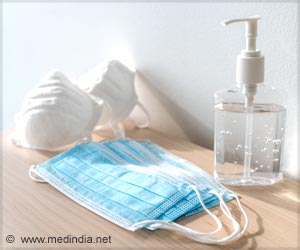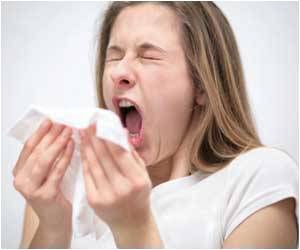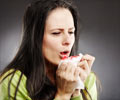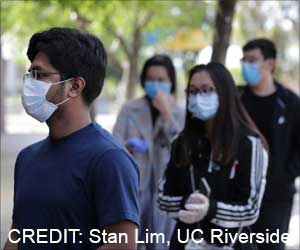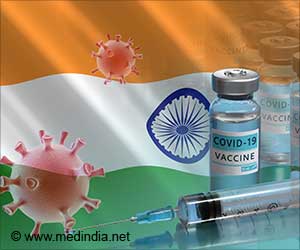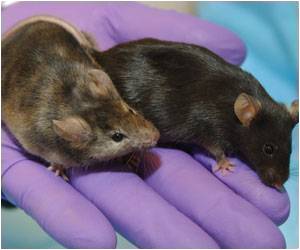Study shows that three layered masks offer the most effective protection.
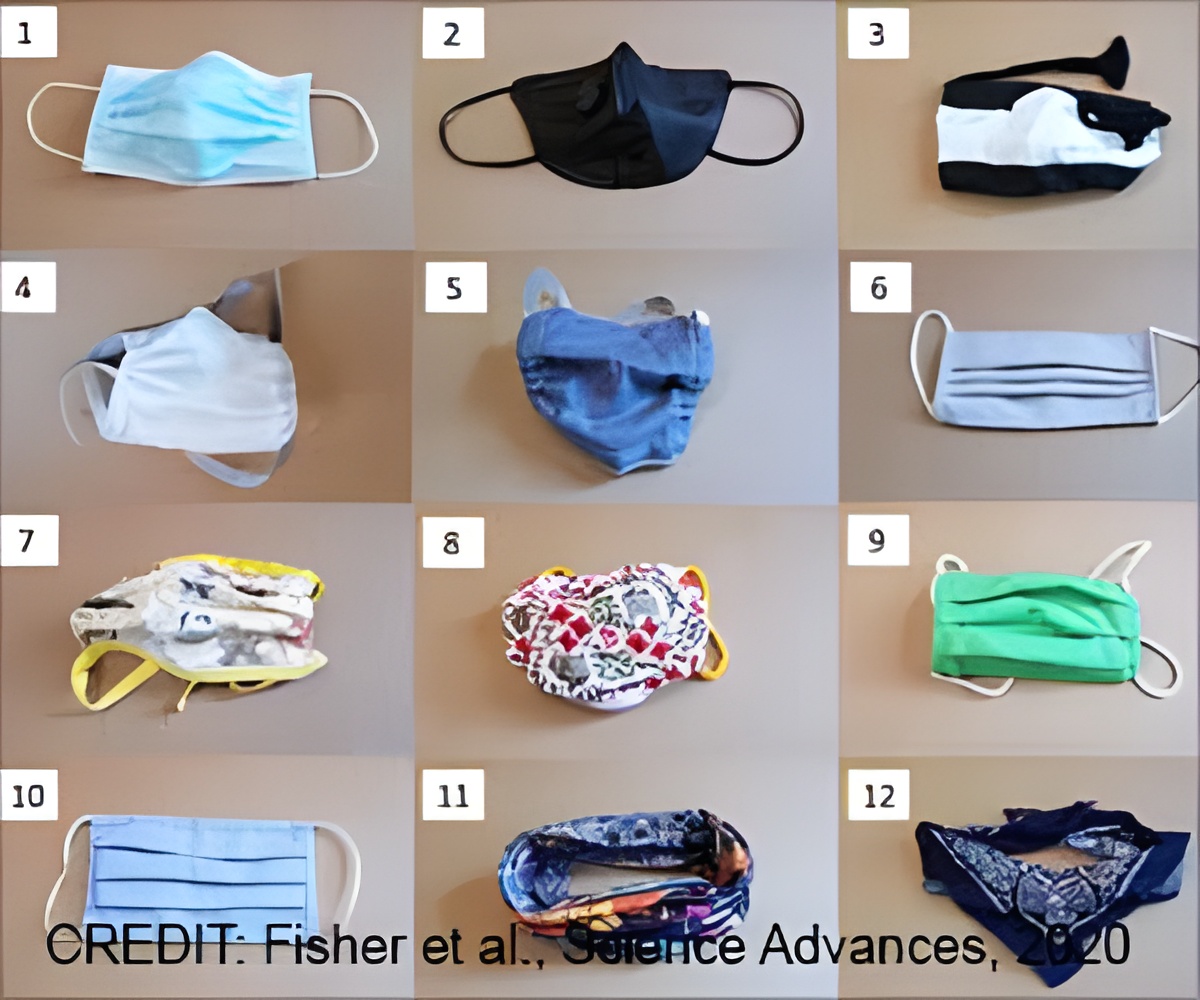
The researchers used a droplet generator (to alter the size and speed of the droplet) and a high-speed time-lapse camera to carry out the experiment.
Abhishek Saha, co-author, explained that the special generator produced a relatively fast-moving droplet which was then allowed to land on a piece of mask material. Simultaneously, a high-speed camera was used to see what happened to the droplet.
Findings showed that large respiratory droplets with virus emulating particles (VEPs) get atomized after hitting a single-layer mask, and many of these VEPs pass through that layer.
For a 620 micron droplet (large droplet size), a single-layer surgical mask only restricts 30% of the droplet volume from passing through. A double-layer mask restricts 91% of the droplet volume, while a three-layer mask allows negligible droplet volume entry.
Saha added, "While it is expected that large solid particles in the 500-600-micron range should be stopped by a single-layer mask with average pore size of 30 micron, we are showing that this is not the case for liquid droplets. If these larger respiratory droplets have enough velocity, which happens for coughs or sneezes, when they land on a single-layer of this material it gets dispersed and squeezed through the smaller pores in the mask."
Advertisement
The team agrees that wearing single or double-layered masks is significantly better than wearing no mask at all as they do provide protection in blocking some of the liquid volume of the original droplet.
Advertisement
Source-Medindia


